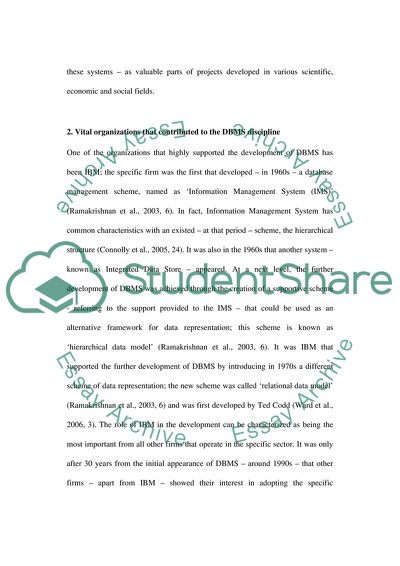Cite this document
(The History and Contributions of Database Management Systems Research Paper, n.d.)
The History and Contributions of Database Management Systems Research Paper. Retrieved from https://studentshare.org/information-technology/1730282-the-history-and-contributions-of-datatbase-management-systems
The History and Contributions of Database Management Systems Research Paper. Retrieved from https://studentshare.org/information-technology/1730282-the-history-and-contributions-of-datatbase-management-systems
(The History and Contributions of Database Management Systems Research Paper)
The History and Contributions of Database Management Systems Research Paper. https://studentshare.org/information-technology/1730282-the-history-and-contributions-of-datatbase-management-systems.
The History and Contributions of Database Management Systems Research Paper. https://studentshare.org/information-technology/1730282-the-history-and-contributions-of-datatbase-management-systems.
“The History and Contributions of Database Management Systems Research Paper”, n.d. https://studentshare.org/information-technology/1730282-the-history-and-contributions-of-datatbase-management-systems.


